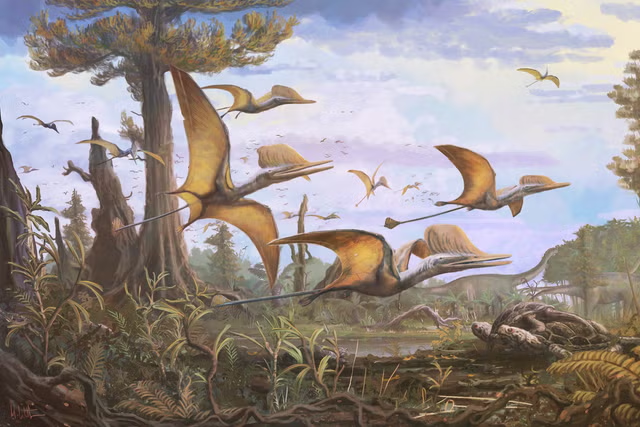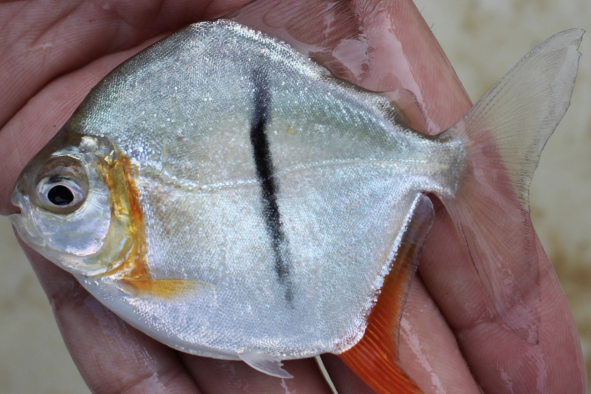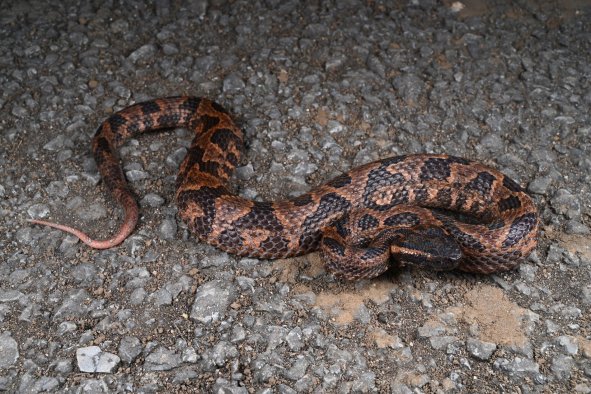Archaeologists have uncovered evidence of an ancient workshop on a Greek island where a highly prized purple dye was produced around 3,600 years ago.
Excavations conducted in the ancient settlement of Kolonna—located on the small island of Aegina off the coast of mainland Greece—have revealed the remains of two buildings from the 16th century B.C. that had collapsed on top of each other.
The older building is interpreted to be a site where purple dye was produced in the Late Bronze Age, a conclusion based on several finds that archaeologists unearthed in a study published in the journal PLOS ONE.
Colored dyes were a valuable commodity in the Mediterranean region during the Late Bronze Age. As a result, evidence of dye production in this period can provide significant insights into culture and trade at the time.
The most frequently found evidence for purple dye production at archaeological sites in the Mediterranean comes from deposits of crushed marine snails. This type of dye is made from the mucous secretions of one of several species of predatory marine snails that inhabit the region. These secretions come from an organ known as the hypobranchial gland.
"To obtain the desired dye, the hypobranchial glands of the snails, either extracted by opening the shell or as a component of the fully crushed mollusk body, were mixed with some salt water and left steeping for a few days in suitable containers, vats, or vessels," the authors wrote in the study, which was led by Lydia Berger with Paris Lodron University of Salzburg in Austria.
"The choice of an adequate container allows the necessary control of the oxygen and light supply, which are important for obtaining the desired color shade."
While small in size, Aegina played a significant role in the cultural history of the Aegean Sea—the arm of the Mediterranean in which it is located—for thousands of years. From the Neolithic period until Byzantine times (approximately the 6th millennium B.C. until the 10th century A.D.), the main settlement on the island, was situated on a promontory on the northwestern coast called Cape Kolonna.
It is in the Bronze Age eastern suburb of Kolonna where researchers uncovered evidence of the purple dye workshop.
The existence of the workshop at the site is inferred from three main strands of evidence. The first is the "exceptional finding" of pottery fragments with "remarkable quantities" of well-preserved purple pigment, which are likely remnants of dye containers. The researchers also uncovered tools used in the manufacturing process, such as grinding stones, as well as the crushed shells of marine snails.
The findings are significant given that pigment residues have rarely been preserved on the interiors of ceramic vessels, other containers, and other materials.
The researchers then conducted an analysis of the shells and the chemical composition of the pigments, revealing that the workshop almost exclusively used one marine snail species to produce the dye—the banded dye-murex (Hexaplex trunculus).
This marine snail, found throughout the Mediterranean, is one of three main species, along with the spiny dye-murex (Bolinus brandaris) and the red-mouthed rock shell (Stramonita haemastoma), that were exploited in antiquity to produce purple dye.
The dye made from these snails is known as Tyrian purple, which was highly prized in the ancient world—not least because producing it was an extremely tedious and difficult task. The process was complex and required the collection of thousands of marine snails. In fact, it is estimated that it up to 12,000 individual mollusks would need to be processed in order to produce only around 1 gram of dye.
This made the product very expensive. During the Roman period, for example, Tyrian purple was worth more than gold, pound-for-pound. As a result, the pigment was generally reserved for use by the upper echelons of society. In fact, in certain periods, the use of Tyrian purple was restricted by Roman law so that only the emperor could wear it.
Tyrian purple is thought to have first been manufactured by the Phoenicians—an ancient civilization of the Mediterranean region that originated in the coastal Levant region, primarily in an area that is now occupied by modern Lebanon.
The pigment was most famously produced in Tyre, a city located in Lebanon that is one of the oldest continuously inhabited settlements in the world. But it was also manufactured in other regions of the Mediterranean.
The recent excavations at Kolonna also unearthed the bones of several young mammals—mainly piglets and lambs—that were heavily burnt in the area of the dye workshop.
The authors proposed in the study that these animals were sacrificed in some form or ritual, potentially to protect the production site.
Do you have a tip on a science story that Newsweek should be covering? Do you have a question about archaeology? Let us know via science@newsweek.com.
Disclaimer: The copyright of this article belongs to the original author. Reposting this article is solely for the purpose of information dissemination and does not constitute any investment advice. If there is any infringement, please contact us immediately. We will make corrections or deletions as necessary. Thank you.



